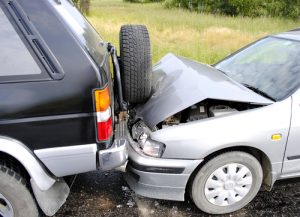
A recent personal injury case that was heard in Los Angeles Superior Court demonstrates a legal concept that is called the eggshell plaintiff rule as well as the difficulties with proving injuries in minor impact soft tissue cases. People who have received soft tissue injuries such as whiplash injuries or others in accidents that were caused by the negligence of other people might need to get help from an experienced personal injury attorney.
Factual background of the case
A 65-year-old unemployed student was driving his Chrysler 300 on Feb. 16, 2012, in the number one lane of the Southbound Harbor Freeway. His vehicle was hit from behind by the defendant, who was working at the time of the accident. His vehicle had minor damage. When the police arrived, the man said that he was not injured and refused an ambulance. After the accident, the man went and took a final exam in one of his classes. Four days later, he went to see a chiropractor and continued treatment for 30 sessions before being discharged from treatment on May 26, 2012. Before being discharged from chiropractic care, the man had MRIs performed on his neck and lower back.




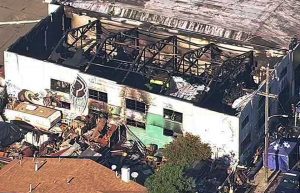 The tragic Ghost Ship warehouse fire in Oakland, California resulted in the deaths of 36 people. The warehouse had been illegally converted into living and working spaces for artists, and the victims of the fire died during a music concert that was being held in the building. The fire demonstrates the problems that can happen when buildings are used for purposes for which they were not intended. Unfortunately, the high real estate prices and rents in cities such as San Francisco, Oakland and Los Angeles has contributed to people using these spaces to work and live even though the buildings are not intended for doing so. Experienced personal injury attorneys may hold the landowners liable by filing lawsuits against them, helping to deter the negligent conduct even when code enforcement may be difficult.
The tragic Ghost Ship warehouse fire in Oakland, California resulted in the deaths of 36 people. The warehouse had been illegally converted into living and working spaces for artists, and the victims of the fire died during a music concert that was being held in the building. The fire demonstrates the problems that can happen when buildings are used for purposes for which they were not intended. Unfortunately, the high real estate prices and rents in cities such as San Francisco, Oakland and Los Angeles has contributed to people using these spaces to work and live even though the buildings are not intended for doing so. Experienced personal injury attorneys may hold the landowners liable by filing lawsuits against them, helping to deter the negligent conduct even when code enforcement may be difficult.
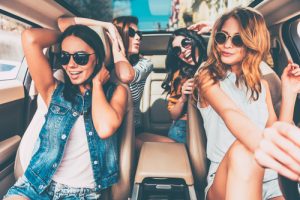 Are Milliennials the worst drivers? Do they pose the biggest safety risk of any demographic behind the wheel? As the use of smartphones and other technology has become pervasive over the 15 years, distracted driving and its dangers have increasingly come into focus. Multiple studies have demonstrated the dangers of distracted driving. Recently, the AAA Foundation for Traffic Safety conducted a study with drivers of different age groups and found that millennials who were ages 19 to 24 engaged in the riskiest driving behaviors, and some of those behaviors were directly related to technology use while driving. When people engage in dangerous driving behaviors such as texting and driving, they place both themselves and others at risk of severe injuries in accidents. An experienced Los Angeles personal injury lawyer might help the victims of distracted drivers with recovering damages to compensate them for their losses.
Are Milliennials the worst drivers? Do they pose the biggest safety risk of any demographic behind the wheel? As the use of smartphones and other technology has become pervasive over the 15 years, distracted driving and its dangers have increasingly come into focus. Multiple studies have demonstrated the dangers of distracted driving. Recently, the AAA Foundation for Traffic Safety conducted a study with drivers of different age groups and found that millennials who were ages 19 to 24 engaged in the riskiest driving behaviors, and some of those behaviors were directly related to technology use while driving. When people engage in dangerous driving behaviors such as texting and driving, they place both themselves and others at risk of severe injuries in accidents. An experienced Los Angeles personal injury lawyer might help the victims of distracted drivers with recovering damages to compensate them for their losses.
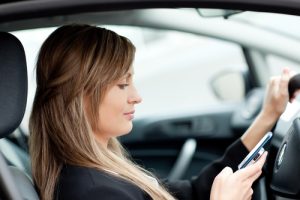 A class action lawsuit was recently filed in Los Angeles Superior Court against smartphone giant Apple. The lawsuit is seeking to hold Apple liable for a number of different automobile collisions that happened when drivers were distracted by texting or using features like apps on their iPhones while driving.
A class action lawsuit was recently filed in Los Angeles Superior Court against smartphone giant Apple. The lawsuit is seeking to hold Apple liable for a number of different automobile collisions that happened when drivers were distracted by texting or using features like apps on their iPhones while driving.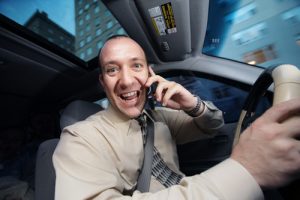 Beginning on Jan. 1, 2017, drivers in California will be prohibited from holding their cell phones while they drive. Governor Jerry Brown signed AB 1785 in September, and its effective date is on Jan. 1, 2017. The law prohibits holding a cell phone while driving for any purpose, including checking maps, texting, talking or for any other reason.
Beginning on Jan. 1, 2017, drivers in California will be prohibited from holding their cell phones while they drive. Governor Jerry Brown signed AB 1785 in September, and its effective date is on Jan. 1, 2017. The law prohibits holding a cell phone while driving for any purpose, including checking maps, texting, talking or for any other reason. A recent personal injury case that was heard in Los Angeles Superior Court demonstrates a legal concept that is called the eggshell plaintiff rule as well as the difficulties with proving injuries in minor impact soft tissue cases. People who have received soft tissue injuries such as whiplash injuries or others in accidents that were caused by the negligence of other people might need to get help from an experienced personal injury attorney.
A recent personal injury case that was heard in Los Angeles Superior Court demonstrates a legal concept that is called the eggshell plaintiff rule as well as the difficulties with proving injuries in minor impact soft tissue cases. People who have received soft tissue injuries such as whiplash injuries or others in accidents that were caused by the negligence of other people might need to get help from an experienced personal injury attorney.
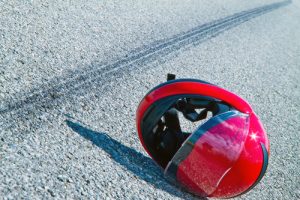
 A recent California case involving a woman who was injured when she tripped over an unattended ladder in Target demonstrates both the business’s knowledge requirement as well as its duty to remove hazards, keeping the premises reasonably safe. In the case, an 83-year-old woman tripped over the ladder, fracturing her hip.
A recent California case involving a woman who was injured when she tripped over an unattended ladder in Target demonstrates both the business’s knowledge requirement as well as its duty to remove hazards, keeping the premises reasonably safe. In the case, an 83-year-old woman tripped over the ladder, fracturing her hip.